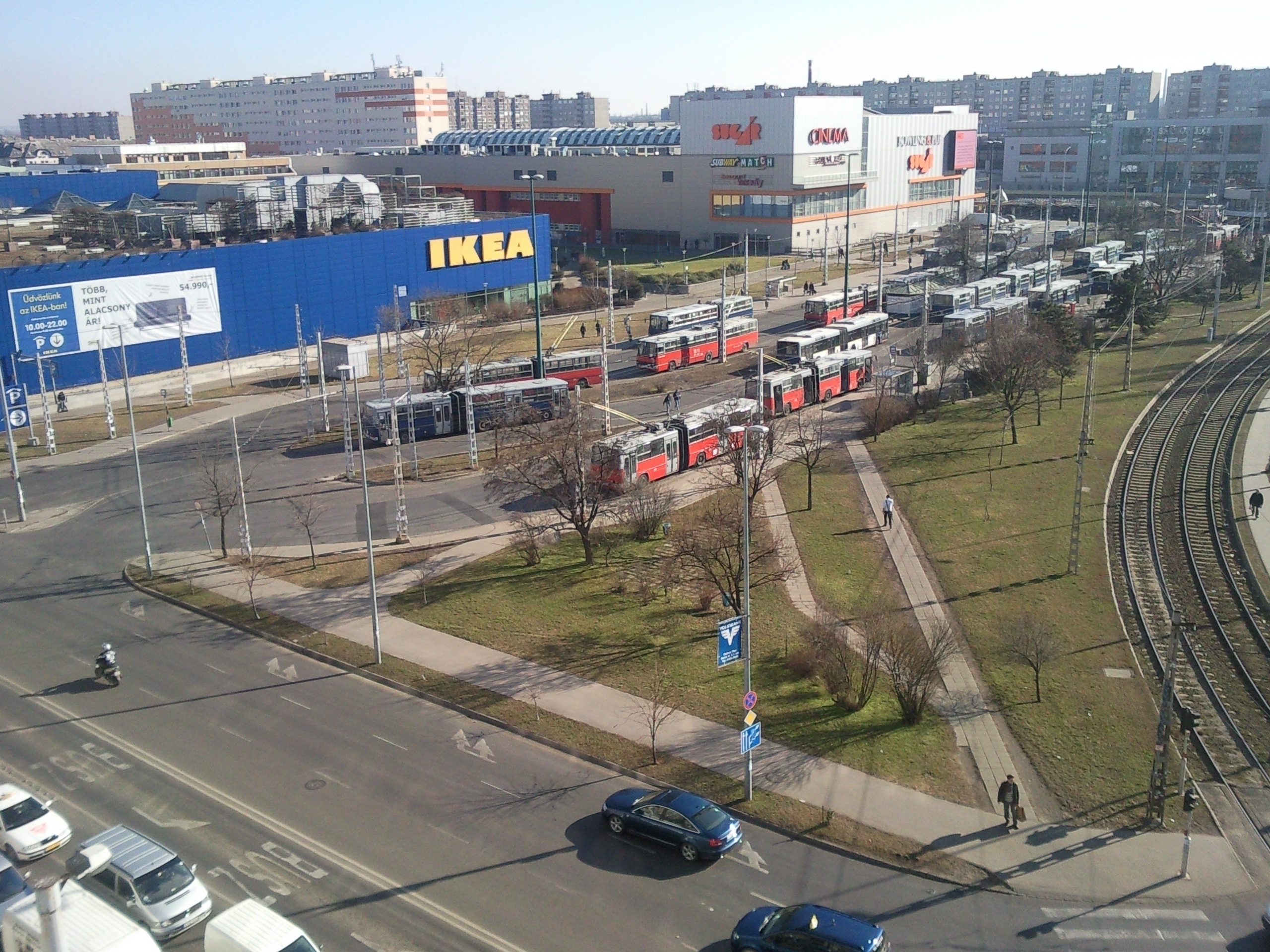Apart from being a bit all over the place, one of your first impressions upon seeing ever-crowded and busy Örs vezér tere, straddling Districts XIV and X, is its Socialist milieu. This, despite the fact that the idea of building a square here emerged in the 1930s, before Communism came to Hungary. Of course, the area was renovated and designed in more detail from the ’50s, bearing traces of this to this day – and will most probably continue to do so for a good while yet, as revamping such a large space would take a few years, disrupting traffic at a focal point of the city, as well as consuming considerable amounts of money.
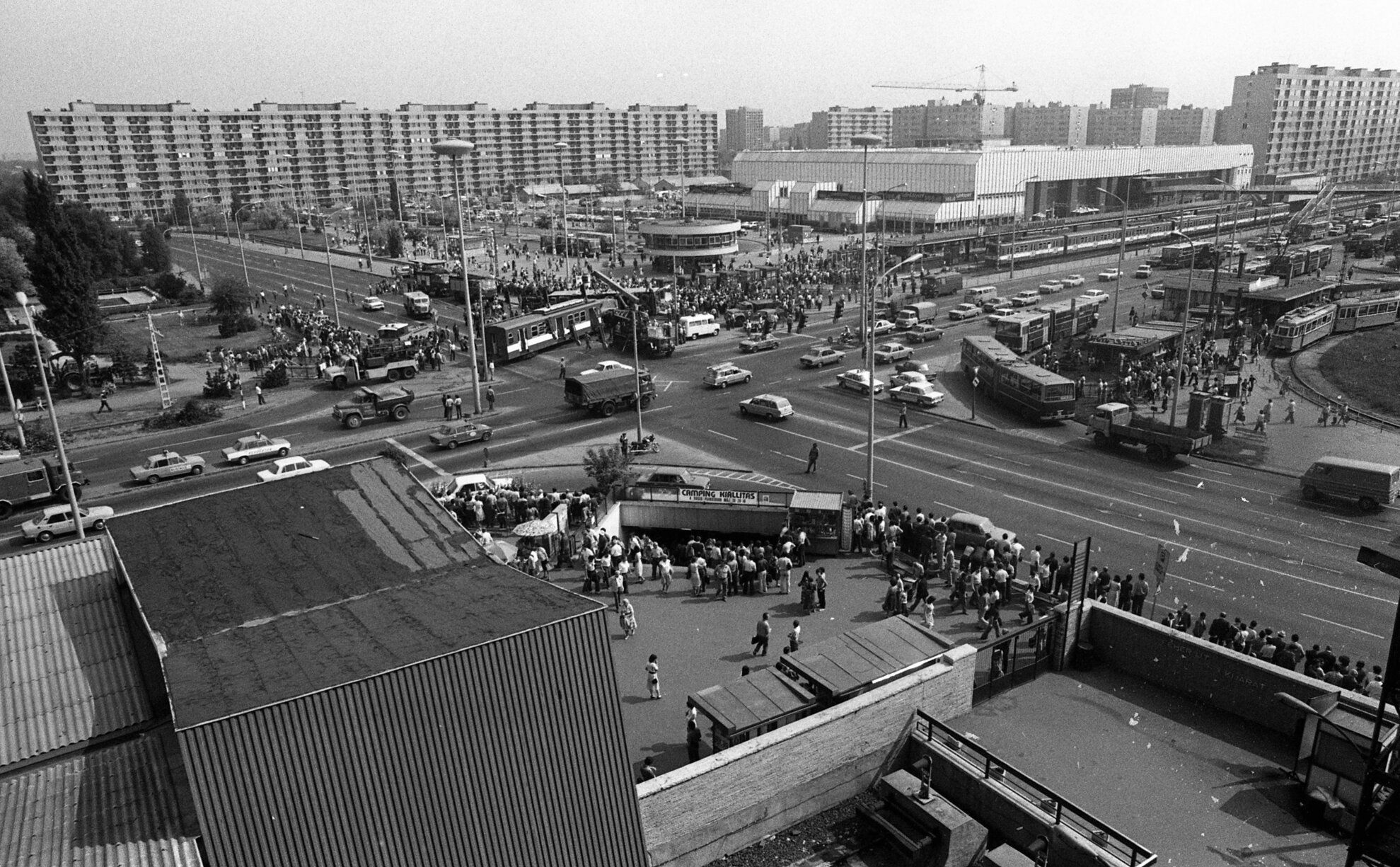
There were not a lot of reasons to justify building a square here in 1932, when the decision was taken. At the time, the area stood completely on the outskirts of the city, with nothing to be found here except a large intersection. There were no houses, no people, no infrastructure or public transportation. The site of the metro today then belonged to a racecourse. The HÉV rail terminus wasn’t here either, reaching only as far as the Keleti station instead. A cavalry training ground took up the space where the Árkád shopping mall stands today, but the construction of the mall and the road network around the square was already being planned. At the time, there were mostly gardens and agricultural lands on the Zugló side.
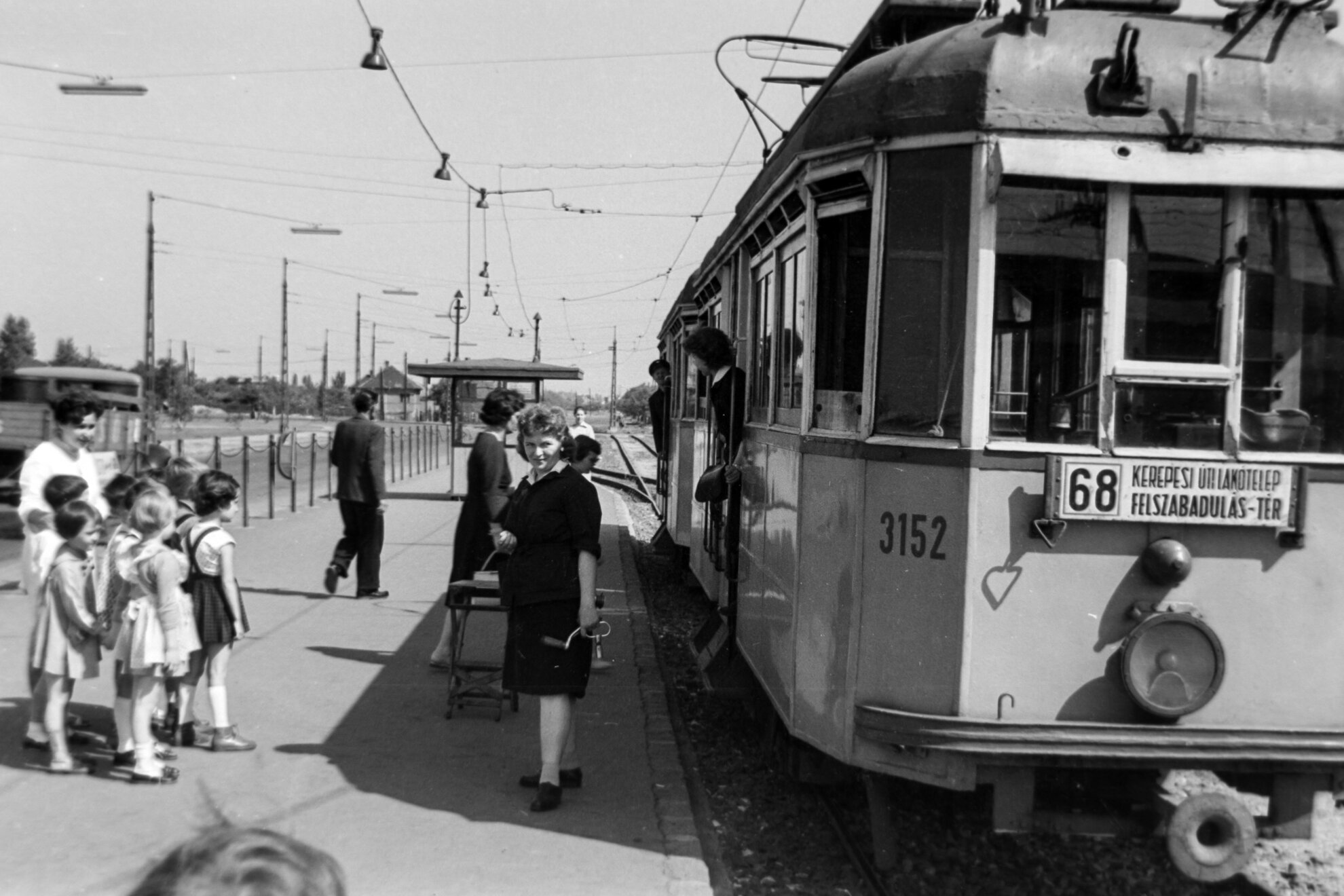
The square was named after the son of one of the seven leaders (vezér) of the Magyar tribes who settled in the Carpathian Basin. Until 1970, its name was written in the old style: Eörs vezér. The version with the initial Ö appeared together with the metro, even though the name of the terminus at the time referred to a local road, Fehér út, rather than to the square. This was not a significant part of Pest back then, only developing from this point on. Ten years later, it was already one of the most important traffic points of the city, and one of its busiest hubs.
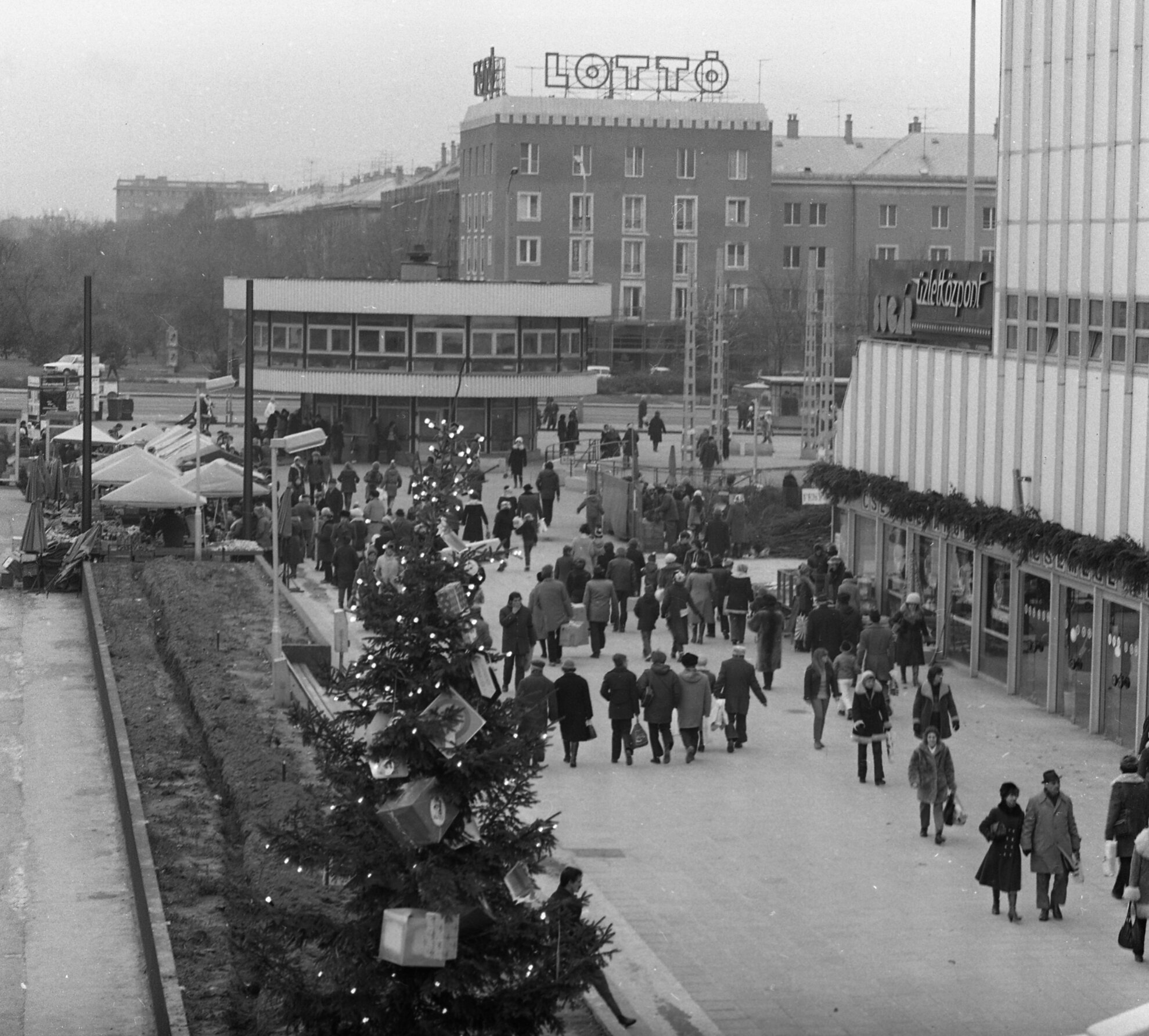
The first change in the square’s image was brought about in the 1950s. The area gained a quiet, suburban character thanks to the Socialist housing estate established between 1954 and 1961 where Kerepesi út meets Pillangó utca, filled with plenty of greenery. More developments kicked off in the 1960s, with the metro finally opening in 1970, which unfortunately put an end to the relaxed atmosphere.
It was then that the HÉV suburban rail terminus was relocated here, and the construction of housing estates also accelerated rapidly right up to the mid-1980s. These were not like the stylish Socialist buildings of the immediate post-war period, but uniform housing blocks, then sometimes referred to as Danish panel houses, as they were built by the Danish company Larsen-Nielsen.
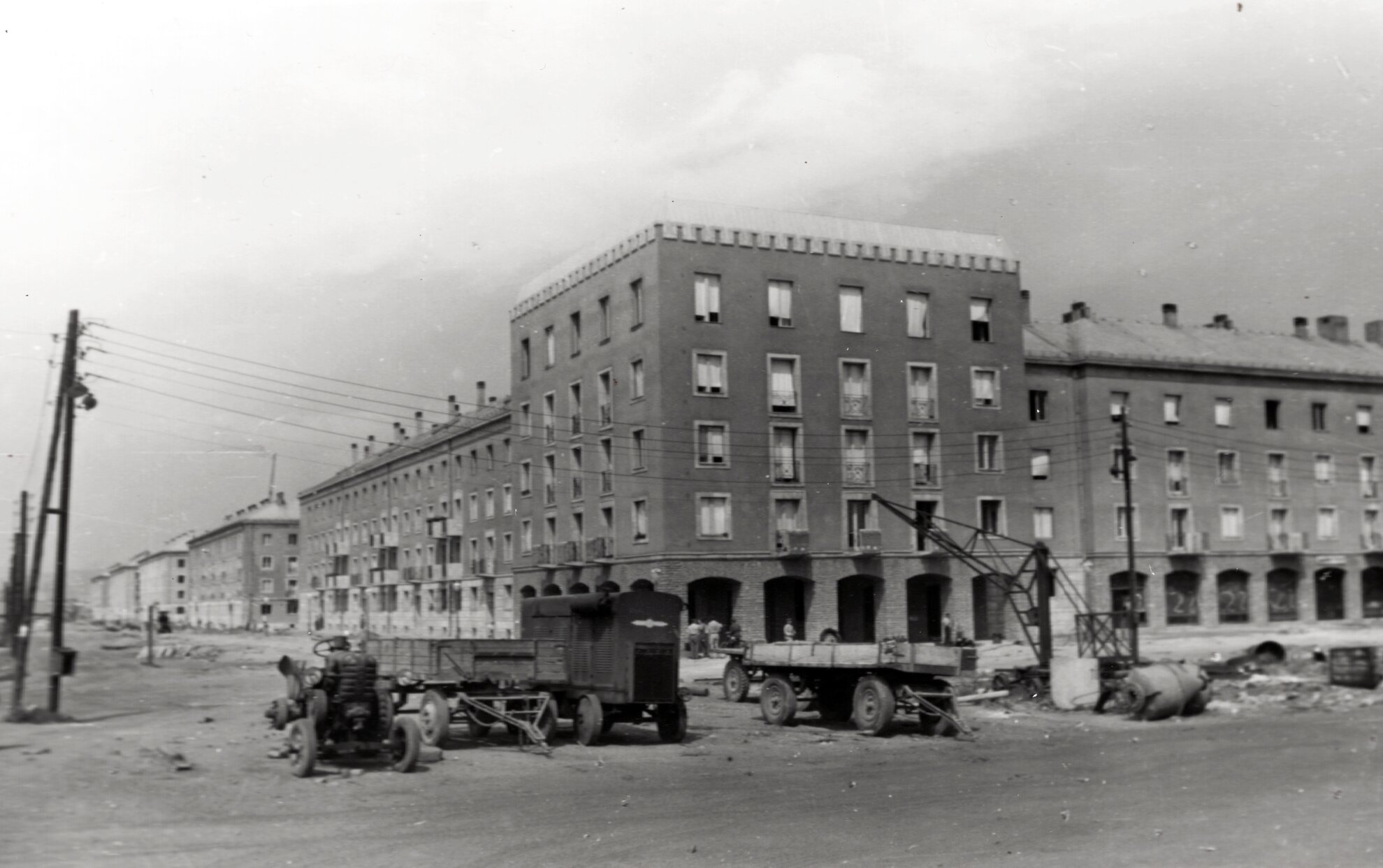
The square was transformed into a major traffic hub during this period as well. Along with the arrival of the HÉV train, Kerepesi út was widened, with only one lane left for cyclists. A tram terminal was built followed by a bus terminal, with trolleybus also running. Then commercial outlets began to spring up.
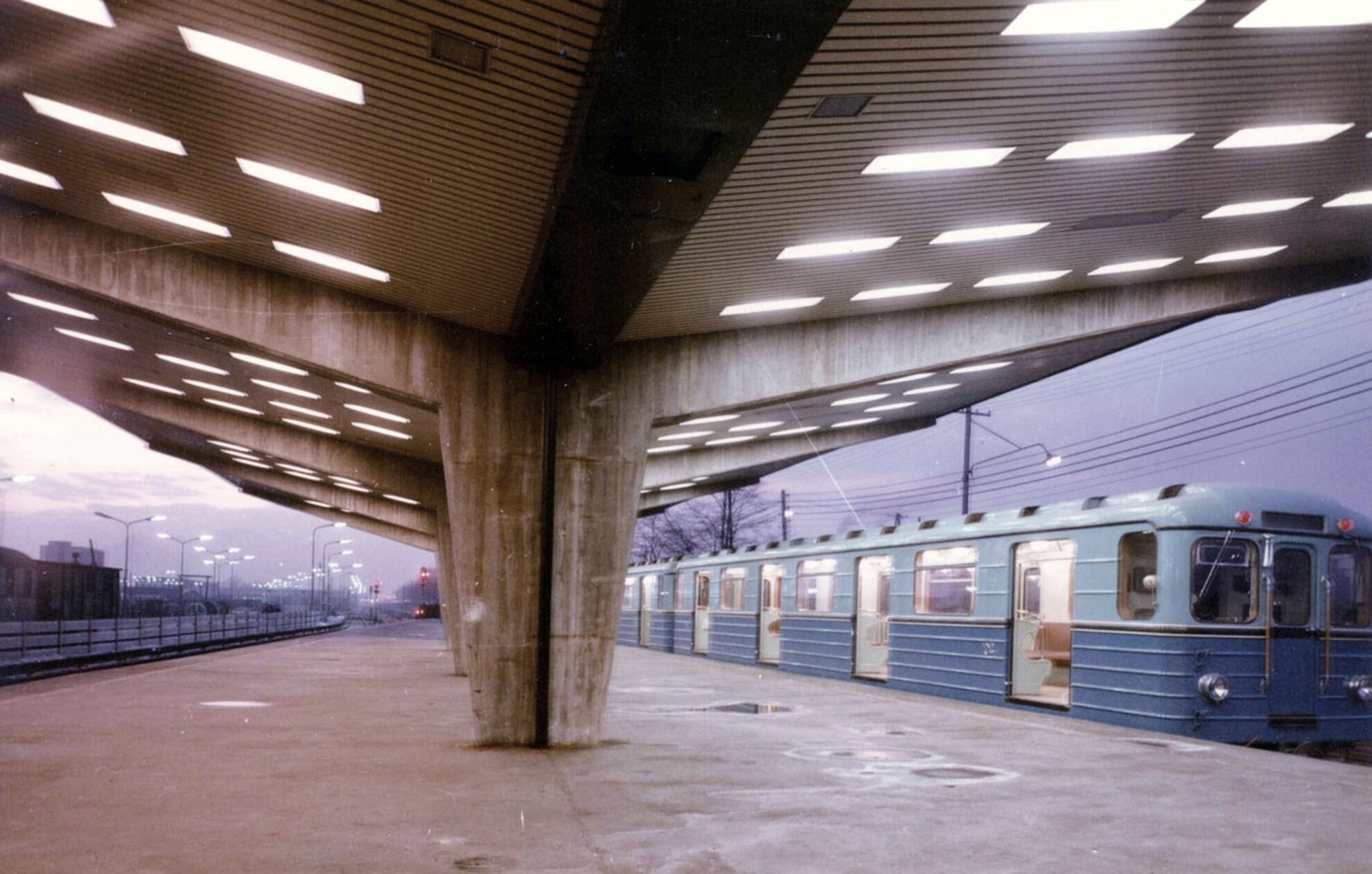
Hungary’s first Western-style shopping centre, Sugár, opened on 29 October 1980, and was modernised between 2004 and 2007, when a cinema was added. IKEA arrived in 1991, while Árkád took 12 more years to be built. It was finished by 2002, and expanded in 2013. Another important change was brought about by tram line 3 in 2001, and the extension of the line 61 to Kőbánya.
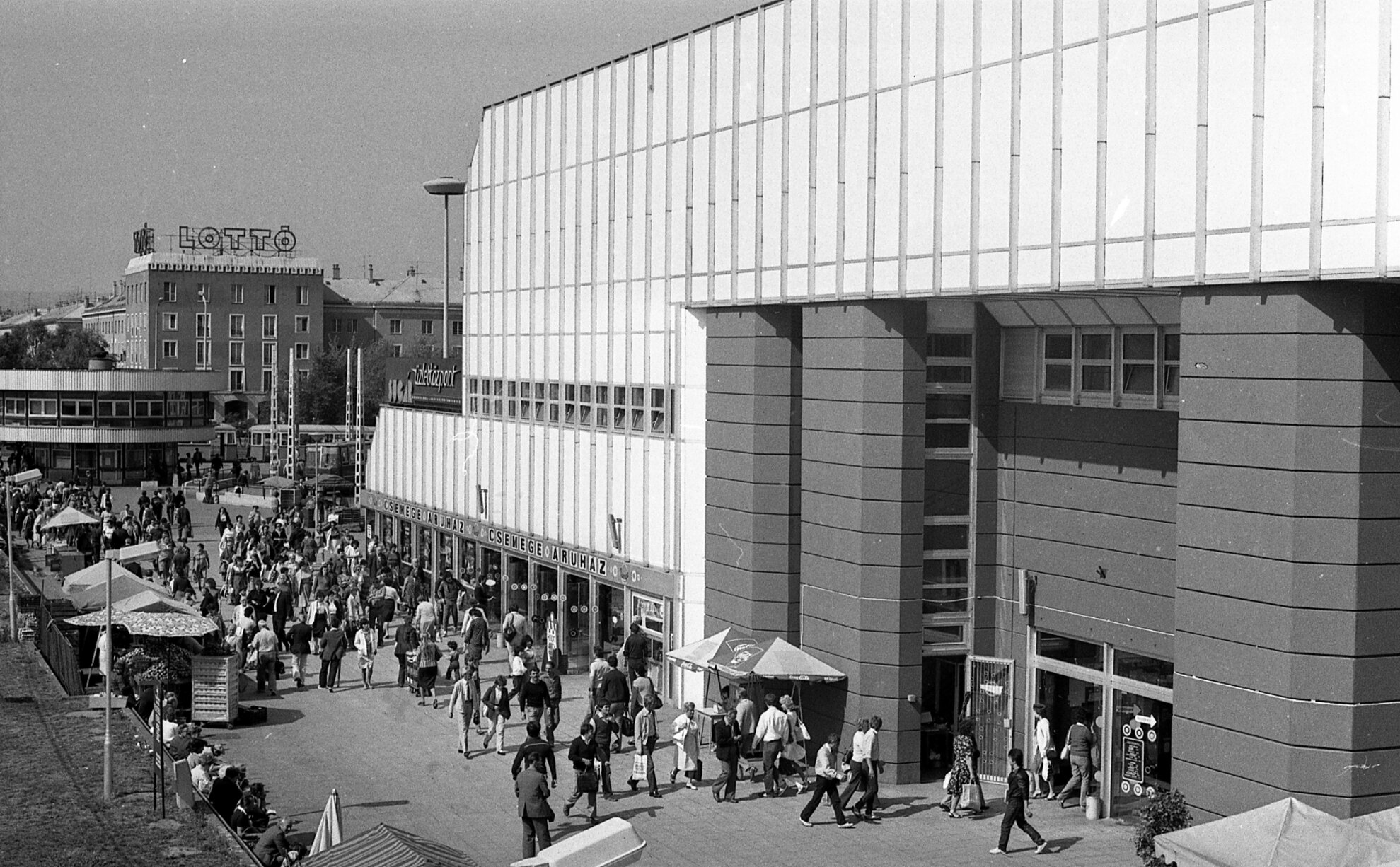
Like all squares, Örs has its symbols as well. The distinctive M-shaped building of the terminus was demolished in 2007, and replaced by the new construction we know today. The other one is the mushroom building in the centre of the square, once functioning both as a ticket booth and an office. It’s still there, though rather at odds with the square’s overall aesthetic. Its fate remains to be seen, together with the potential renovation of the square as a whole.
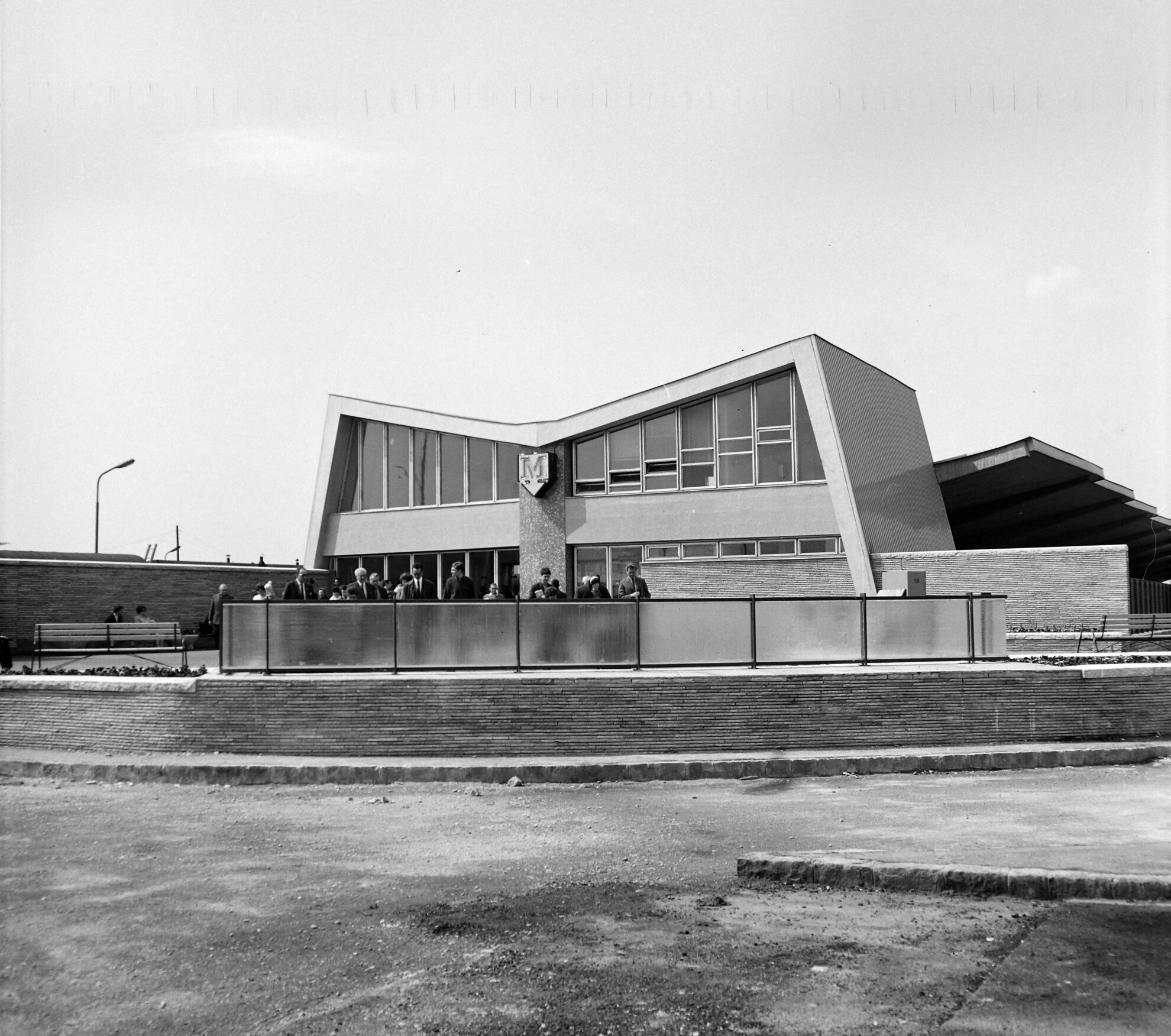
Örs vezér tere isn’t known for its beauty, but its imperfections make it memorable. For many it means practicality, convenience and a significant part of their lives. Masses of people pass through day in and day out, making it an ever-present backdrop in the back of their minds. As Budapest’s largest square, it has no physical boundaries, dispersing in all directions of Pest. No matter how many times we might raise our eyebrows at its peculiarities, we would certainly miss this place – and all that it encompasses.
